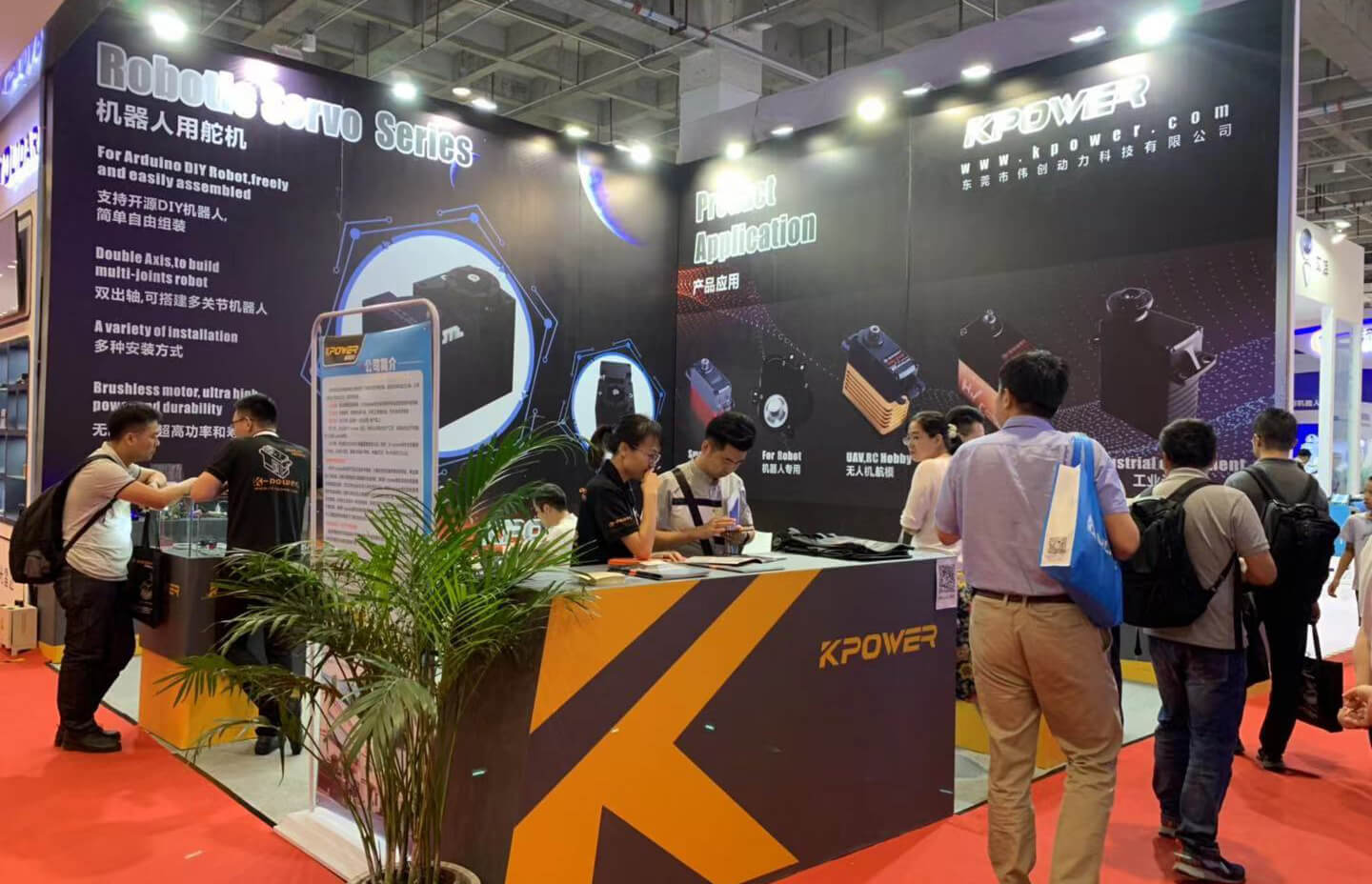Imagine tweaking a simple piece of code and watching a servo motor come alive—fingers of automation waving smoothly in sync with your commands. That’s the magic behind the "code for servo motor Arduino." This isn't just about plugging in some wires; it's about unlocking a universe of possibilities where your ideas transform into real motion. Whether you’re tinkering in a garage or designing a tiny robot, the right code makes everything tick effortlessly.

Think about the first time you got a servo motor to rotate exactly 90 degrees with just a line or two of code. That thrill? It’s addictive. Just a few commands—like servo.write(90);—and your servo responds, turning smoothly and predictably. But it doesn't stop there. You can build intricate routines, control multiple servos at once, or even create responsive movements that adapt as things change. It’s a sandbox, really, where code becomes the playground.
Some might wonder: how does the code actually work? It's pretty straightforward—Arduino acts as the brain, and the code is the set of instructions. By using libraries like the Servo library, controlling motors gets simplified almost to the point of painting by numbers. Yet, behind this simplicity lies a clever orchestration of timing and power—sometimes unpredictable things happen, like jittery movements or stalls. That’s where understanding the nuances helps— adjusting loop delays, tuning power supply, or calibrating initial positions. It’s part of the charm—solving puzzles as you go.
Many are drawn to the idea of expanding what a servo can do. Can I control a servo with a sensor input? Absolutely. Think about a project where a proximity sensor guides a servo arm to point towards something. Or an automatic curtain that opens and closes based on sunlight? Unlocking these capabilities starts with the right code. It’s enough to make you wonder what’s next on your DIY horizon.
Here's a quick thought—what about writing it all out in a way that isn't just technical? Picture this: You’re crafting a robotic hand that mimics your gestures and, with every line of code, it's like making your own puppeteer. Seems simple? It is, but it’s also profound. You give life to things that once only existed in your mind, just by telling Arduino what to do.
And why stop at just one? Multiple servos working together create a ballet of movements. Building a robot arm, a camera gimbal, or even a tiny drone—each relies on well-written code for smooth, coordinated action. Little tweaks here and there, and suddenly a simple project becomes a remarkable machine.
If you’re just starting out, don't sweat the small stuff. Plenty of tutorials cover the basics, and once you get the swing of controlling one servo, adding more becomes second nature. It's like riding a bike—persistence turns initial wobbling into graceful gliding. And trust me, once you see those servo motors respond to your commands, you'll crave more, pushing the boundaries of what you can build.
In essence, coding for servo motors with Arduino is about unleashing creativity through logic. It bridges the gap between an electronic component and something that moves, reacts, feels alive. The process might seem technical at first, but the end results? Pure satisfaction. It’s about turning simple commands into a dance—your dance—on hardware.
So, why not dive in and start coding today? The mechanisms are there, waiting for your touch. With just a few tweaks, you could be controlling an arm that stacks blocks, a robot that waves hello, or an automatic device that responds to the environment. The only limit is how far your imagination can stretch.
Established in 2005, Kpower has been dedicated to a professional compact motion unit manufacturer, headquartered in Dongguan, Guangdong Province, China. Leveraging innovations in modular drive technology, Kpower integrates high-performance motors, precision reducers, and multi-protocol control systems to provide efficient and customized smart drive system solutions. Kpower has delivered professional drive system solutions to over 500 enterprise clients globally with products covering various fields such as Smart Home Systems, Automatic Electronics, Robotics, Precision Agriculture, Drones, and Industrial Automation.




































